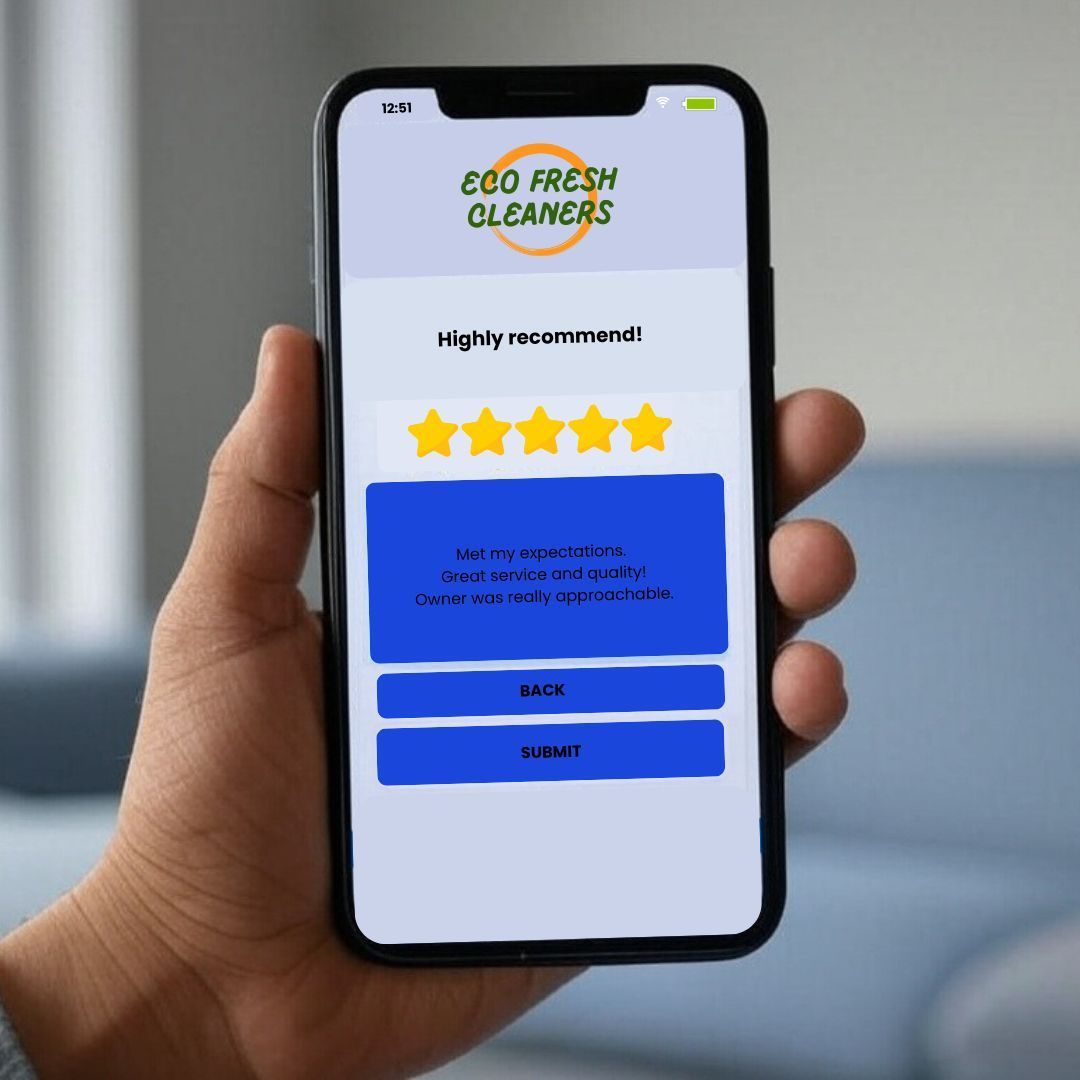Customer Loyalty Programs: A Small Business Owner's Ultimate Guide
The Ultimate Guide to Customer Loyalty Programs: A Small Business Game-Changer
Running a small business isn't just about making sales – it's about creating lasting relationships that keep customers coming back for more. While giant corporations splash millions on fancy loyalty schemes, small businesses often overlook this powerful tool, thinking it's out of their league. But here's the thing: customer loyalty programs could be your secret weapon for sustainable growth.
Let's cut through the noise and dive into why these programs matter and how you can create one that works for your business without breaking the bank.
The Magic Behind Customer Loyalty
Picture this: Sarah runs a cozy bookstore downtown. She noticed her regular customers were drifting away to larger chains offering loyalty points. Rather than accepting defeat, she introduced a simple stamp card system – buy 8 books, get one free. Within months, her customers weren't just coming back; they were bringing friends.
Sarah's story isn't unique. Small businesses across the country are discovering that loyalty programs can transform occasional buyers into devoted fans. But why do these programs work so well?
The Psychology of Customer Rewards
We're all human, and humans love feeling appreciated. When a business remembers us and offers something special, it triggers a powerful emotional response. It's not just about the free coffee or the discount – it's about belonging to something exclusive.
Studies show that customers enrolled in loyalty programs spend 67% more than non-members. That's not just coincidence; it's psychology at work. When people feel valued, they naturally want to reciprocate.
Creating Your Perfect Loyalty Program
Starting a loyalty program doesn't mean you need complicated software or a massive budget. Begin with these fundamental building blocks:
1. Choose Your Reward Structure
Some businesses thrive with point systems, while others succeed with punch cards or tiered rewards. A neighborhood café might offer a free drink after ten purchases, while a boutique could provide exclusive early access to sales for VIP members.
2. Make It Memorable
Your program should reflect your brand's personality. A quirky craft store might name their tiers after famous artists, while a pet shop could use different dog breeds to designate loyalty levels.
3. Keep It Simple
Nothing kills a loyalty program faster than complexity. If customers need a PhD to understand how it works, they won't bother. The best programs are straightforward: spend money, earn rewards.
Real-World Success Stories
Take Mike's Hardware Store in Portland. They implemented a simple points system where customers earn 1 point per dollar spent. After reaching 200 points, customers get $20 off their next purchase. Sales increased by 23% in the first quarter alone.
Or consider Sweet Treats Bakery in Austin. They created a "Birthday Club" where members receive a free cupcake during their birthday month. This simple gesture led to a 45% increase in repeat customers and countless social media mentions.
Technology: Friend or Foe?
While traditional punch cards still work, digital solutions can supercharge your loyalty program. Modern apps can track purchases, send automated rewards, and gather valuable customer data. But remember – technology should simplify, not complicate.
Many small businesses use platforms like Square or Shopify, which include built-in loyalty features. These tools can handle the heavy lifting while you focus on what matters – serving your customers.
Making Your Program Stand Out
The secret sauce isn't just in having a program – it's in making it memorable. Here's how:
- Add a personal touch: Write thank-you notes to your most loyal customers
- Create special events: Host VIP shopping nights for loyalty members
- Surprise and delight: Throw in unexpected rewards occasionally
- Build community: Use social media to celebrate your loyal customers
Common Pitfalls to Avoid
Don't fall into these typical traps:
- Making rewards too hard to earn
- Overwhelming customers with complicated rules
- Forgetting to promote your program
- Ignoring feedback from participants
The Road to Success
Remember, loyalty programs aren't set-and-forget solutions. They need nurturing and adjustment. Watch how your customers respond, ask for feedback, and don't be afraid to make changes.
Start tracking key metrics like:
- Customer retention rates
- Average purchase value
- Frequency of visits
- Program participation rates
The Future of Small Business Loyalty
As technology evolves, loyalty programs are becoming more sophisticated. But the core principle remains unchanged: make your customers feel special, and they'll keep coming back.
Some businesses are experimenting with mobile apps, others with environmental rewards (like planting trees for purchases), and some combine multiple approaches. The key is finding what resonates with your specific customer base.
Your Next Steps
Starting a loyalty program doesn't have to be overwhelming. Begin small, test different approaches, and grow with your customers. Remember Sarah's bookstore? She started with simple stamp cards before gradually expanding to a digital system.
The most successful loyalty programs grow organically, driven by customer feedback and genuine appreciation. They're not just about transactions – they're about building a community around your business.
Ready to transform your customer relationships? Your perfect loyalty program is waiting to be created. Start small, dream big, and watch your business grow through the power of customer loyalty.





